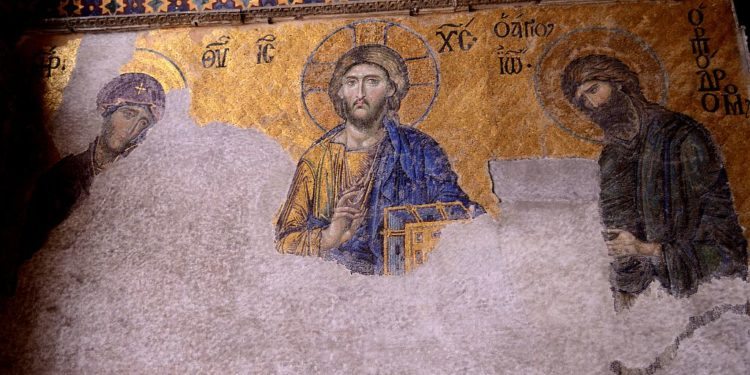
Hagia Sophia Istanbul Turkey
I am on the road, travelling from one continent to another. My destination is the European quarter of the old city, Istanbul. A melange of cultures across different timelines merges here as the Bosphorus strait bridges Asia and Europe in this ancient city. The skyline of Istanbul appears around me, dotted with minarets and mosques, palaces and churches and each one of them has a story to tell. There is the Top Kapi Palace and the Blue Mosque . But if there is one monument that can tell the story of Istanbul, then it is the Hagia Sophia. To me this 1500 building mirrors the history of the city itself. An ancient orthodox church turned cathedral turned mosque turned museum, this 6th century monument, Ayasofya takes you through the turn of history in this city from the era of Byzantine Emperor Justinian to King Mehmet 11 of the Ottoman dynasty.
Hagia Sophia has been built and rebuilt again over to remain ageless and timeless. The earliest church was built here in the 4th century and was rebuilt a century later, only to be razed to the ground due to a fire during a revolt. Even today, some remnants of the second church can be found here. It was however in the 6th century that the present church was commissioned by Emperor Justinian and it was considered as an architectural marvel of the Byzantine Empire. My guide tells me that the architects were a physicist and a mathematician chosen by the king himself. For more than 900 years, it was the symbol of Orthodox Christianity until the Ottoman Empire took over this region.
The relics and symbols of both faiths reside in this marvellous piece of Byzantium architecture. The glittering mosaics and the marble pillars hold your attention, but what really takes my breath away is the massive 105 feet dome towering 180 feet above my head. My guide adds that it rivals the Pantheon in Rome whose dome is slightly bigger. Sitting beside two smaller domes, this rests right in the centre.
I am fascinated by the ancient mosaics created in the 6th century that depicted Jesus, Virgin Mary, kings and queens . Almost every wall of the ancient Byzantine cathedral is decorated by these mosaics. Above the imperial door, one can see a 9th century mosaic which shows a king being blessed by Christ. Another mosaic shows Virgin Mary with baby Christ in her arms flanked by the emperors Justinian and Constantine. It is believed that the former king is holding a model of the church while the latter is showing a model of the city named after him . The golden background to the mosaic on the apse is supposedly from the original church. Most of the ancient mosaics were destroyed at different periods of history and were covered for centuries but some of them were restored and copied later.
Hagia Sophia was converted into a mosque when Mehmet 11 conquered Istanbul, then known as Constantinople after a siege that lasted more than 50 days. It was believed that the Prophet Mohammad had mentioned that the first Muslim to pray in Hagia Sophia would go to heaven. It became the Imperial Mosque and even the Blue Mosque , built much later, adjacent to it was inspired by it.
But there is also a mysterious side to the Hagia Sophia. Tunnels were built below it and it is believed that the ancient city of Constantinople was covered by them. As the city was constantly under attack, precious stones and treasures were said to be buried underneath as well. Even today, the monument keeps its shares of secrets .
More posts on Turkey
At the Blue Mosque in Istanbul
Open air Museum in Goreme – Cappadocia

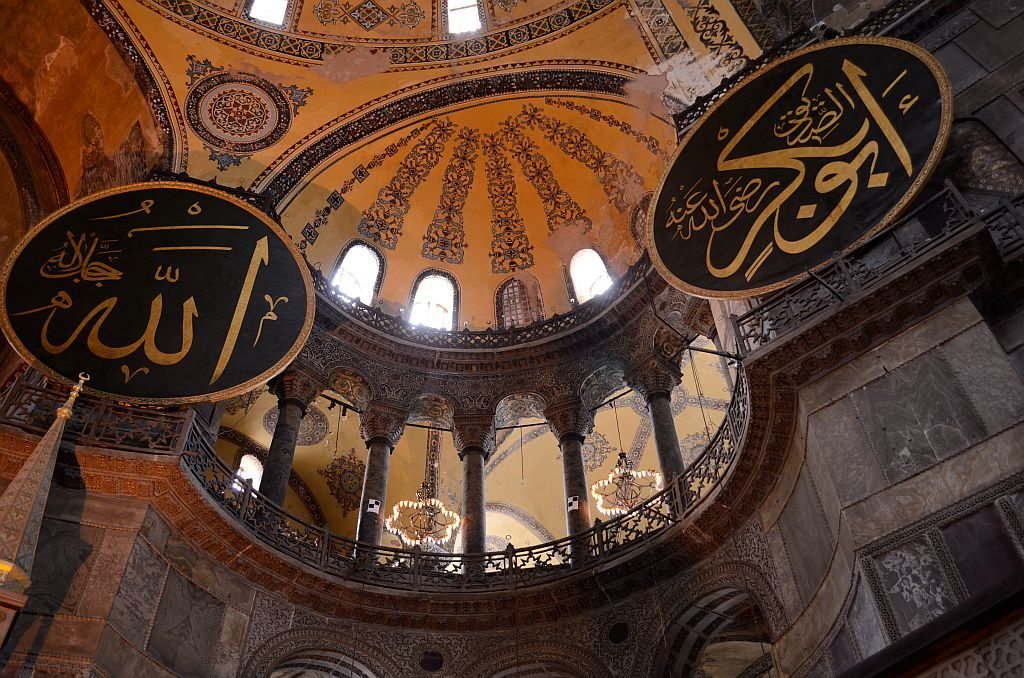
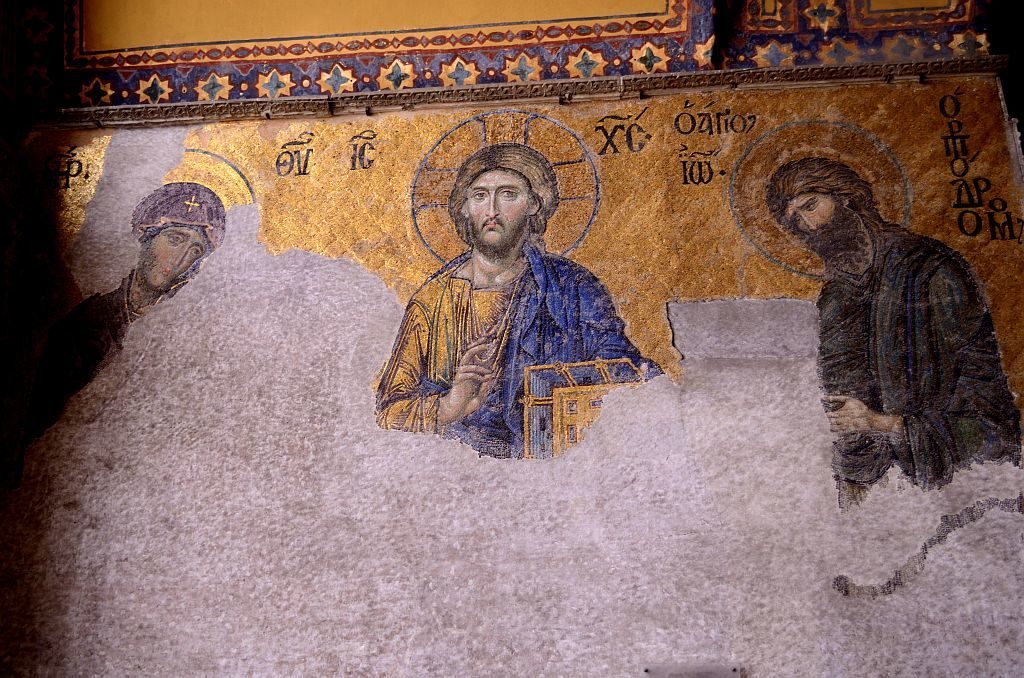
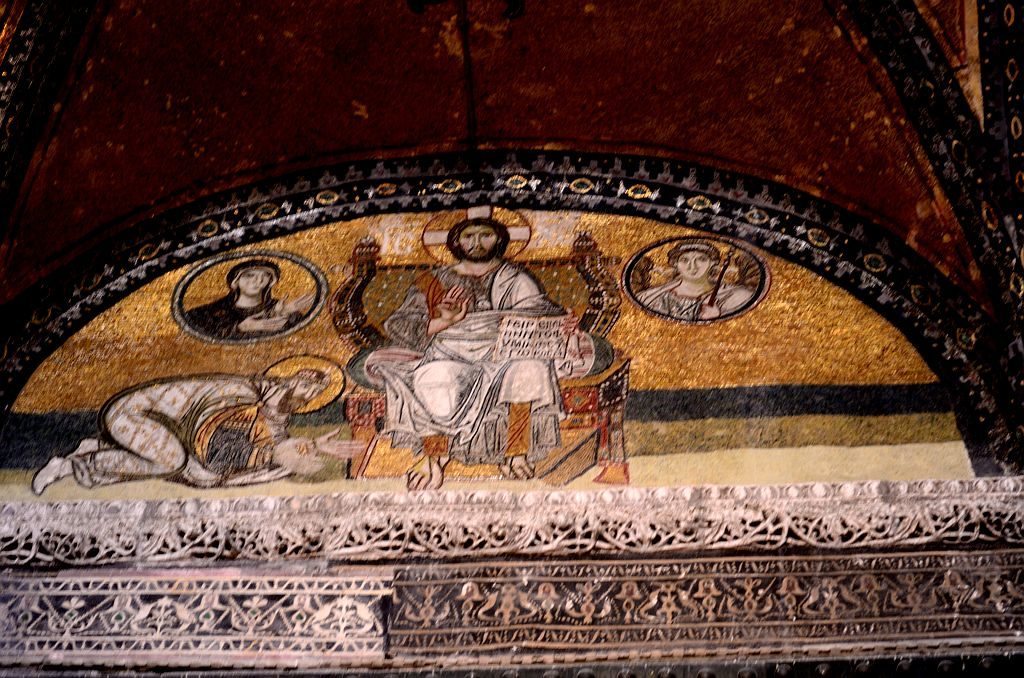

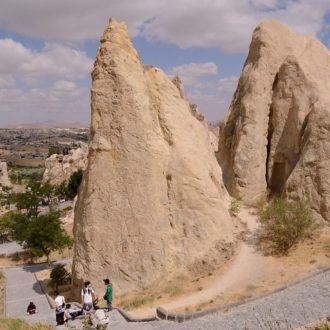
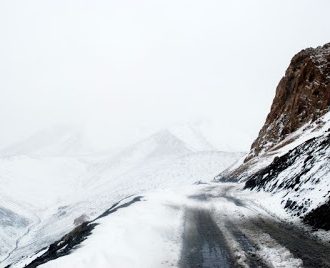
Such a mesmerising creation!
The sheer amount of history these places mirror is mind boggling. So much of who we are today is because of all the events that took place then. Beautiful photos.